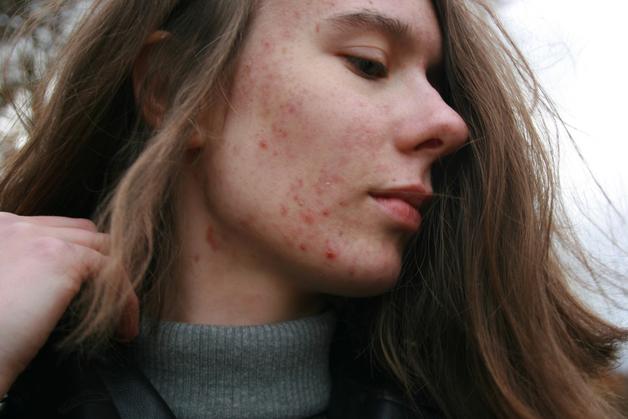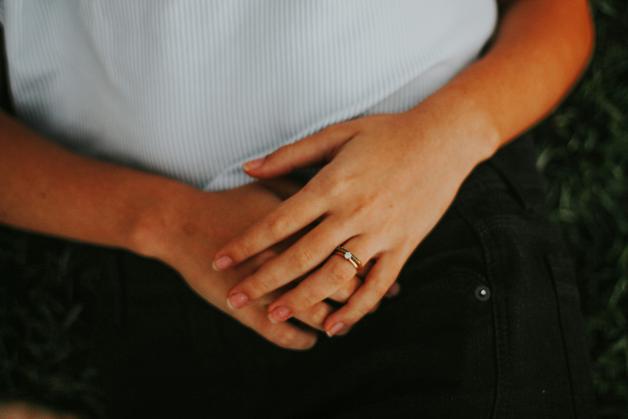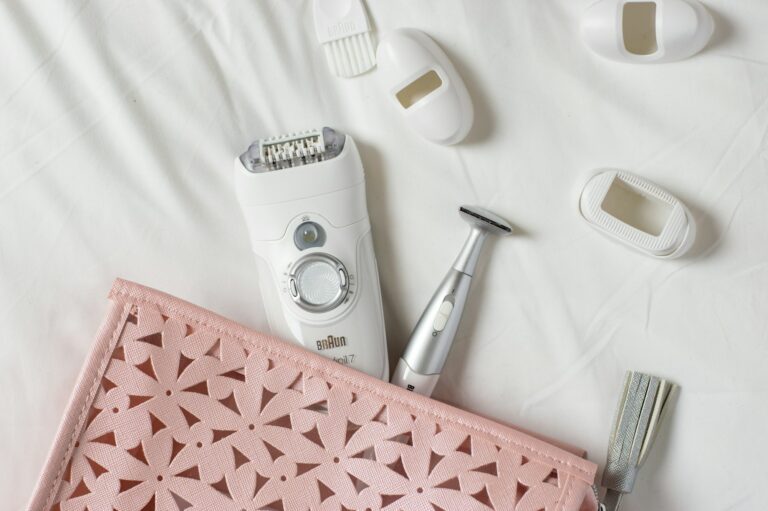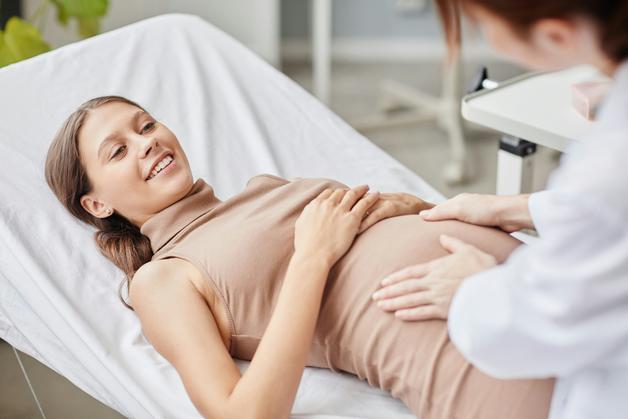Hormonal surges, unexpected breakouts, and persistent skin irritation—pregnancy acne sweeps into many parents’ daily lives with alarming unpredictability. The emotional toll can sting just as keenly as the physical discomfort. A clear complexion might seem like a distant memory, replaced suddenly by red papules, stubborn comedones, and tender nodules, some erupting overnight. What triggers pregnancy acne and, perhaps more pressingly, what can you do about it when so many treatments seem off-limits? Let’s break down the science, debunk the worries, and empower you with medical insights, safe solutions, and gentle support—because your well-being matters, both inside and out.
What Exactly Is Pregnancy Acne? Prevalence and First Clues
Pregnancy acne refers to those unwelcome breakouts that crop up during gestation—across the face, along the jawline, on the chest, shoulders, or even the back. Nearly 43% of pregnant people experience pregnancy acne, often before the end of the first trimester. One week, your skin may feel balanced; the next, oil glands seem to shift into overdrive. Parents with a history of acne may expect it, but it’s equally likely to appear in those with previously clear skin. Driven almost exclusively by hormonal fluxes—mainly the rising surge of androgens and progesterone—these breakouts typically involve a mix of papules, pustules, blackheads, and microcysts. The sudden onset can be jarring, but the biology is anything but random.
What Sparks Pregnancy Acne? Hormones, Stress, and Beyond
Hormonal Changes: The Unseen Agitators
Why does pregnancy acne strike with such determination? Blame it on the interplay between increased sebum production and intensified activity within the sebaceous glands. Progesterone, a hormone skyrocketing during pregnancy, acts as a biochemical lever, triggering sebocyte cells to release more oil. This excessive sebum, in tandem with changes in skin cell turnover, clogs pores, providing fertile ground for Propionibacterium acnes bacteria (now called Cutibacterium acnes) to thrive.
An abrupt stop in hormonal contraceptives before conception can also play a role, removing the regulatory effect of synthetic hormones, which sometimes ushers in a cascade of comedogenic activity. The result? A spike in inflammatory lesions far beyond what might seem fair.
Risk Factors Intertwined
- Genetics: A family pattern of acne, especially hormonally triggered breakouts, heightens vulnerability.
- Stress: Elevated cortisol during pregnancy disrupts the immune system, encouraging inflammatory cycles and sometimes making pregnancy acne worse.
- Diet: Foods high in refined sugars (high glycemic index) can stoke insulin responses, ramping up sebum. Meanwhile, low-zinc diets or saturated fat excess set the stage for additional flare-ups.
- Skincare Practices: Oily or occlusive products intensify congestion, while over-cleansing strips protective lipids and weakens the barrier, potentially worsening inflammatory acne lesions.
- Environment: Sun exposure may dry pimples temporarily but often triggers more intense rebound oiliness, meaning a short-lived benefit can quickly backfire.
When Does it Strike?
For many, pregnancy acne appears swiftly in the first trimester and ebbs and flows with gestational weeks. Young maternal age, first pregnancy, irregular cycles, and clinical conditions like polycystic ovary syndrome (PCOS) escalate risk.
Symptoms: Identifying the Markers of Pregnancy Acne
Where Skin Speaks Loudest
Pregnancy acne tends to target classic sites for sebum build-up:
- Cheeks, chin, and jawline
- Forehead and around the nose
- Back—especially between the shoulders
- Chest and décolletage
- Back of the neck and, on occasion, hairline margins
Lesions range from superficial whiteheads and blackheads (open and closed comedones) to deeper nodules with the potential for residual pigmentation or scarring if manipulated.
Distinction from Other Skin Conditions
Pregnancy acne is characterized by a mix of comedones and inflammatory papules—not merely brown, blotchy pigmentation (which would signal melasma), nor itchy, blistering rashes. The precision of diagnosis can matter: persistent, unresponsive nodules may require dermatologist intervention to rule out lookalikes like rosacea or fungal folliculitis.
Preventing Pregnancy Acne: Medically-Informed Steps
A few targeted shifts may tip the odds in your favor, even when hormones seem uncooperative:
- Use a soap-free cleansing gel morning and night—this preserves the skin barrier and gently removes excess oil.
- Moisturize with a non-comedogenic emulsion, light on questionable additives.
- Strictly skip abrasive scrubs or grainy exfoliants; these can turn a mild breakout into an angry, inflamed cluster.
- Employ a broad-spectrum SPF 30–50, not solely for UV protection but to prevent rebound oiliness and melasma.
- Steer clear of squeezing pimples—scarring and secondary infection are far too common consequences.
- Refresh pillowcases regularly, keep hair clean and away from the face, and opt for mineral-based, non-occlusive makeup.
- Commit to a low glycemic index diet, moderate in dairy and saturated fats, with extra focus on zinc (think eggs, seafood, lentils) and omega-3 fatty acids (flax, walnuts, fatty fish).
- Actively manage stress: gentle yoga, deep breathing, walking—all encourage skin to self-regulate.
- Vet every product for non-comedogenic status and, ideally, absence of endocrine disruptors.
Safe and Natural Soothing: Evidence-Based Home Care
Pregnancy changes the calculus for what’s “gentle” or “safe.” Fragrances, actives, and even common preservatives should be scrutinized. A stripped-back routine frequently delivers the most comfort and reliability.
- Gentle cleansing with a pH-balanced gel, avoiding stripping surfactants.
- Hydrate using pregnancy-friendly, non-clogging creams or minimal drops of evening primrose or jojoba oil (dosed sparingly).
- Use green clay or rhassoul masks (both highly adsorptive clays) weekly to bind excess sebum and calm inflammation.
- Aloe vera gel, pure and unscented, soothes mildly red or irritated areas.
- Homemade care such as diluted apple cider vinegar (always patch-tested) or raw honey masks leverages mild anti-inflammatory effects. Oatmeal calms, cucumber cools, but resist lemon juice, full-strength acids, or ambiguous essential oils.
Remember, these interventions excel for mild cases. More tenacious or persistent cases still warrant professional oversight rather than exclusive home management.
Medications and Clinical Treatments: What’s Approved? What’s Off-Limits?
Navigating acne therapies during pregnancy involves a careful balancing act:
Considered safe:
- Limited, localized use of benzoyl peroxide (topical only)
- Azelaic acid creams—for both comedones and inflammation
- Topical clindamycin or erythromycin (prescription antibiotics, used with caution)
- Oral zinc (second trimester onward, only after personalized medical review)
Strictly avoid:
- All forms of retinoids (isotretinoin, tretinoin), known teratogens
- Oral tetracyclines and spironolactone
- High-dose salicylic acid (aspirin-family compounds) and questionable essential oils
Professional options: Light therapies like blue light, certain types of Nd:YAG laser, or gentle peels (glycolic or lactic acid) may be considered, but only within a supervised, medically-adapted protocol.
Crafting a Pregnancy-Safe Skincare Routine
Keep it streamlined to avoid unnecessary irritants:
- Cleanse twice daily (gentle, soap-free)
- Moisturize lightly (fragrance-free, non-comedogenic)
- Apply a clay mask biweekly
- Sun protection every morning (without exception)
- Gentle exfoliation only once every 10–15 days—never with a scrub
Wrap this around other wellness essentials: restorative sleep, stress management, and balanced nutrition are as fundamental for skin as they are for the developing baby.
Emotional Dimensions: More Than Cosmetic
The impact of pregnancy acne radiates far beyond the epidermis. Self-esteem may erode, social interactions become fraught, and mood dips, especially if breakouts persist month after month. Recognize these responses as entirely normal. You might ask yourself, “Will this last forever?” Science offers reassurance: in nearly all cases, pregnancy acne fades in the weeks or months after delivery. Support—whether from family, peer networks, or even professional counselors—can be invaluable. Simple, kind routines and honest conversations about the experience help buffer emotional strain.
Shattering Myths: Separating Fact from Fantasy
“Does pregnancy acne reveal my baby’s gender?” Absolutely not; no study supports this age-old tale.
“Is pregnancy acne a mandatory side effect?” Not at all. Some never encounter a single pimple, others only a handful, and a few battle aggressive outbreaks.
“How about home remedies? They’re always safe, right?” Not by default. Some household solutions are irritating, photosensitizing, or outright unsafe on sensitive, pregnancy-altered skin. Evidence-backed ingredients like aloe vera, mineral clays, and mild plant oils remain the safer bet—while high-risk options (lemon juice, ambiguous essential oils) should never substitute for clinical care.
Postpartum Acne: What If Breakouts Persist?
Skin frequently returns to baseline as hormone levels normalize after delivery. Occasionally, though, postpartum acne stubbornly lingers, or worsens, due to ongoing hormone ripple effects, stress, or new dietary patterns. Escalating or chronic lesions warrant a visit to the dermatologist for tailored guidance.
Medications may expand after pregnancy to include more active gels (such as topical retinoids or benzoyl peroxide), and, with careful consideration of breastfeeding status, oral therapies such as cephalexin or certain macrolide antibiotics. Always avoid isotretinoin and exercise caution with any product applied to the chest during breastfeeding.
Consistency—gentle cleansing, targeted creams, nutritional vigilance, stress management—remains your best defense.
Key Takeaways
- Pregnancy acne arises primarily from powerful hormonal fluctuations that dramatically increase sebum production, altering the skin’s natural balance.
- Up to 43% of expectant parents develop breakouts, most commonly during the early stages of pregnancy, but occasionally extending throughout its course or recurring postpartum.
- Genetics, stress, dietary choices, environmental exposures, and altered skincare routines all influence acne severity and persistence.
- Diagnosis is based on lesion type (papules, comedones, nodules) and location (face, back, chest), but should always be medically confirmed if persistent, atypical, or severe.
- Safe management strategies center on gentle, non-comedogenic routines, careful dietary choices (favoring low glycemic, zinc- and omega-3-rich foods), stress management, and judicious sun protection.
- Evidence-backed natural solutions—such as pH-balanced cleansing, green clay masks, and high-quality aloe vera—offer mild but meaningful support.
- Most medications for acne are contraindicated during pregnancy, but select topical agents (azelaic acid, localized benzoyl peroxide, certain antibiotics) are options under professional supervision.
- Emotional well-being is intimately tied to visible skin changes—seek conversation, support, and gentle self-care as needed.
- If acne persists after pregnancy, or if severe distress occurs at any time, consult a healthcare professional for a customized plan.
- For ongoing support, evidence-based advice, and free child health questionnaires, consider downloading the Heloa app, your digital companion for medical parenting questions and peace of mind.
Questions Parents Ask
Can pregnancy acne predict the baby’s gender?
It’s completely understandable to be curious about old wives’ tales when changes appear on your skin during pregnancy. However, there is no scientific evidence to support the idea that pregnancy acne is related to the baby’s gender. Acne is triggered primarily by natural hormonal changes that affect everyone differently, regardless of carrying a boy or a girl. Every pregnancy—and every skin response—is unique.
What supplements are safe to support skin health during pregnancy?
Looking after your skin during pregnancy often raises questions about supplements. Some nutrients, like zinc, are known to be gentle on the body and may help maintain healthy skin. However, before starting any new vitamin or supplement—including those marketed for skin clarity—it is important to discuss your options with a healthcare professional. They will help you choose solutions that are suitable for your pregnancy journey and your individual needs.
Can pregnancy acne appear in places other than the face?
It’s very common to notice breakouts not only on the face, but also on areas like the back, shoulders, and even the chest during pregnancy. This happens because hormonal shifts can influence oil production across various regions of the body. If you find new blemishes outside the typical zones, don’t worry—this experience is quite frequent and, in most cases, temporary. Taking gentle care of your skin and giving yourself kindness along the way can make a real difference.
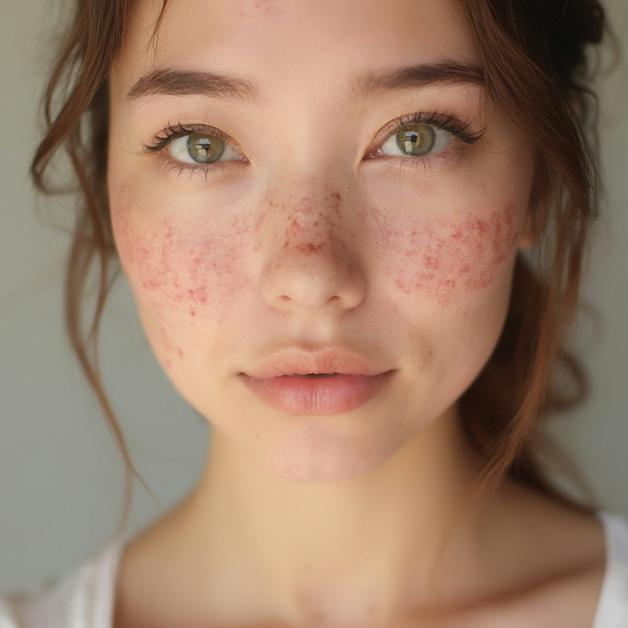
Further reading:

